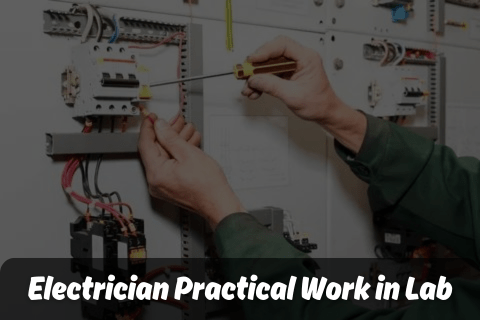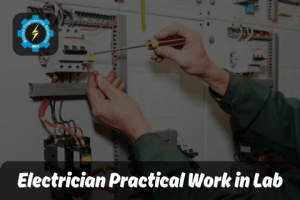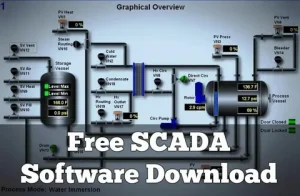
Introduction to the industrial electrician diploma
The Industrial Electrician diploma program equips students with the knowledge and skills needed to work in an industrial environment with a focus on the installation, maintenance and repair of electrical systems. These systems can be single-phase or three-phase, which are basic concepts in electrical engineering. This introduction covers the basics of single-phase and three-phase systems, their differences, applications, and the importance of safety.
Single-phase systems
What is single phase power?
Single-phase power is an alternating current (AC) system where the voltage circulates in a single sine wave. It is the most common type of power supplied to homes and small businesses.
Characteristics of single-phase systems
Voltage and current:
Single phase systems usually operate at 120V or 240V.
Frequency:
The standard frequency is 60 Hz in North America and 50 Hz in many other parts of the world.
Single circuit:
Power is supplied through a single set of wires – one live (hot) wire and one neutral wire.
Application
- Residential buildings
- Small commercial buildings
- Light industrial applications
Advantages
- Ease of design and installation
- Lower installation and equipment costs
- Suitable for low power applications
Disadvantages
- Less efficient for high energy loads
- Limited capacity for power distribution
Three-phase systems
What is three-phase power?
Three-phase power is an alternating current system where the voltage cycles in three sine waves, with each phase offset by 120 degrees from the others. This ensures a more stable and reliable flow of electricity.
Characteristics of three-phase systems
Voltage and current:
Common voltages include 208V, 240V, 480V and higher.
2. Frequency:
Like single-phase, standard frequencies are 60 Hz or 50 Hz.
3. Three circuits:
Power is supplied through three live (hot) conductors and one neutral conductor, or in some cases three live conductors with no neutral conductor.
Application
- Industrial and manufacturing plants
- Large commercial buildings
- High performance equipment and machinery
Advantages
- Higher power transmission efficiency
- More consistent power supply
- More suitable for heavy loads and large motors
- Can transmit more power over long distances with less loss
Disadvantages
- More complex installation
- Higher initial equipment costs
- Requires specialized knowledge for maintenance and troubleshooting
Safety in electrical systems
General safety procedures
- Always follow national and local electrical codes and standards.
- Use appropriate personal protective equipment (PPE) such as gloves, goggles and insulating mats.
- Make sure circuits are de-energized before performing maintenance.
- Use lockout/tagout procedures to prevent accidental power on.
Specific to single-phase systems
- Be aware of high voltage in residential areas.
- Ensure proper grounding to prevent electric shock.
- Specific for three-phase systems
- Be aware of higher voltages and the potential for more serious electrical hazards.
- Understand the intricacies of load balancing across phases to prevent overloading and equipment damage.
summary
An understanding of single-phase and three-phase electrical systems is crucial for industrial electricians. Single-phase systems are simpler and used for lower power applications, while three-phase systems are more complex but necessary for higher power requirements. Safety is paramount in all electrical work and requires adherence to strict protocols and guidelines.
This foundational knowledge prepares students for the in-depth study and hands-on experience they will receive in an industrial electrician diploma program, ultimately equipping them with the skills necessary to excel in the field.


